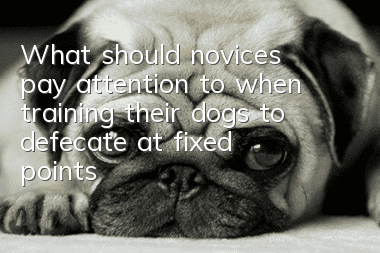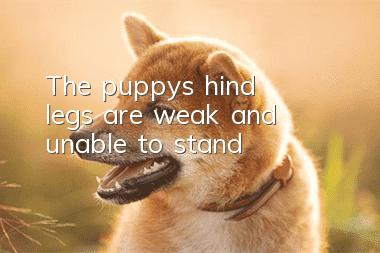Selection of Chow Chow’s skeletal bite structure

The Chow Chow, often referred to as Chow in English, is a very ancient breed and its precise history has been lost in ancient China. Chow, as it is now known, is easily recognized in pottery and sculptures from the Han Dynasty of China (206B.C. to 22A.D.). Other prehistoric artifacts suggest the breed is even older, perhaps originally coming from the Arctic and then moving to Mongolia, Siberia and China.
Selection of bite:
Assume that this litter of puppies is definitely healthy. Observe, pick the one that looks the most promising, and have the Chow puppy stand up straight on the table. Start by checking his teeth and mouth. The teeth have a level, scissors bite, and the upper teeth should fit (cover) the lower teeth tightly in front of them, without any gaps. It is rare to see a Chow Chow with a crooked mouth, that is, an angled jaw. Check carefully for this defect, I have seen several examples. Those with defective mouth shapes should be eliminated. Puppies with bad mouth shapes are rarely better as long as they are longer, but mostly worse as they are longer. Check your eyes. The eye shape at this age has great reference significance. Even dark-colored eyes should be eliminated if they are large and round. Eliminate deep sunken eyes. Triangular eyes are ideal. The nose should be broad and the nostrils black.
Selection of pigmentation and texture:
Then check the pigmentation and eliminate all tongue stains. Even at this age, this should not be the case. Ruthlessly, I consider this pigment deficiency an evolutionary setback and should be eliminated even if it improves later in growth. We should breed puppies with good pigmentation; fading at any time is undesirable. Now check the ears, relatively speaking, this is very important in puppyhood, but it is also more difficult to determine. I have found that most of the ears that are ideal in adulthood are not erect until about ten weeks of age. Make the puppy face you, raise its head, put your fingers in the middle of the ears, and gently lift the ears with a little force. The ears should stand up naturally (even if they then droop down). Eliminate thin, high-set ears that sit close together. The skull should be flat with a slight turn where it meets the muzzle. The rounded skull (sometimes forming a bump above the eyes) develops toward the snout, elongating the front face in adulthood. The neck is very important. Eliminate those necks that look like "plugged in". The neck should be slightly arched, forming an angle of 65 degrees with the horizontal line of the body, so that the Chow can maintain an elegant posture during exercise.
Selection of bones:
Now let’s look at the shoulders, which determine the width of the chest. The shoulders should be at an angle or well sloped. If they are not, this will lead to a very undesirable result: erect shoulders. Check the front like this: Touch the tops of the shoulder blades and gently lower the neck to make the shoulder blades more prominent. At this age, there should be half an inch between the shoulder blades.There will be an inch and a half gap at year. If there is insufficient spacing, the front will appear narrow. If there is no separation between the shoulder blades, you can be sure that the front legs will become "bow" shaped in the future.
The leg bones should be round and strong. Puppies with good bone mass will have "knuckled knees" as puppies, which is an important sign of good bone mass in adulthood. Eliminate very straight and thin leg bones. Although they look quite good during this period, they will probably not be very good as adults. Check the front legs carefully for any tendency to extend. If the toes stick out at an angle, it's probably a sign of narrow chest or thin feet. Even in the earliest years, the feet should be round and compact. The hind legs should be as straight as the forelegs, from the base of the tail to the ground. Very straight legs, if spread apart like a whippet, should also be eliminated. The root of the tail is very important. The root of the tail should be in line with the front of the hind feet. It is undesirable to have the root of the tail too low as it will destroy the balance of a top dog. The ribs should extend well back so that the waist is as small as possible. The ribs should be egg-shaped rather than barrel-shaped. Coat color is not important at this stage. One way to tell is to check the color of the tail.
- 9 ways to calm your dog
- How to train a dog to go up and down stairs? How to train a dog to go down stairs!
- How to deal with mites on puppies
- Is it okay to keep a pet dog without vaccinations?
- What should I do if my furry child (dog) doesn’t like to drink water?
- Tools and methods needed for shearing German Shepherds
- Comparison of the pros and cons of dry food and wet food
- How to train a native dog to swim
- Do you need to spank when training a dog?
- English and French beagle training methods_Characteristics_Raising methods_How much does it cost|Price



